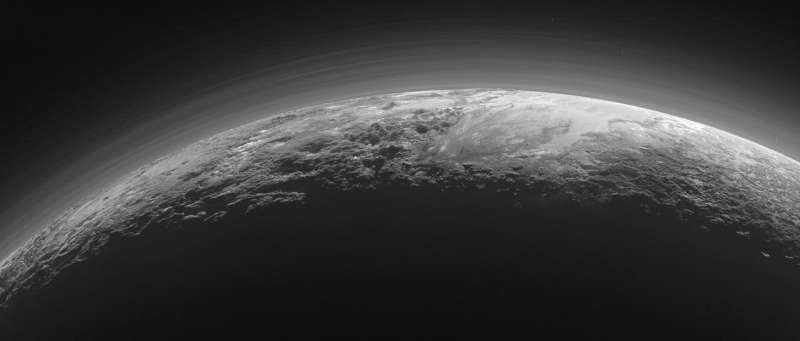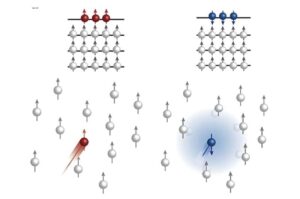
As NASA’s New Horizons spacecraft traversed the vast expanse of the Kuiper Belt, a groundbreaking experiment unfolded at a staggering distance of 438 million miles from Earth. An international team of astronomers successfully conducted the first-ever demonstration of deep space stellar navigation, marking a significant milestone in space exploration. This achievement is detailed in a paper accepted for publication in The Astronomical Journal, with a pre-print available on the arXiv server.
The experiment utilized New Horizons’ unique vantage point as it journeys toward interstellar space, capturing images of two of our closest stellar neighbors: Proxima Centauri, located 4.2 light-years from Earth, and Wolf 359, 7.86 light-years away. From the spacecraft’s perspective, these stars appeared to shift their positions in the sky, an effect known as stellar parallax. By leveraging this phenomenon, researchers calculated the spacecraft’s position relative to nearby stars with an accuracy of about 4.1 million miles, akin to measuring 26 inches from New York to Los Angeles.
Unveiling the Concept of Stellar Parallax
Although the demonstration did not produce research-grade results, it served as a vivid educational tool. Tod Lauer, an astronomer with NSF’s NOIRLab in Tucson, Arizona, and lead author of the study, emphasized the educational value of the experiment. “Taking simultaneous Earth/Spacecraft images we hoped would make the concept of stellar parallaxes instantly and vividly clear,” Lauer stated. “It’s one thing to know something, but another to say ‘Hey, look! This really works!'”
The experiment’s success underscores the potential of using stellar parallax for navigation in deep space, a technique that could revolutionize how spacecraft determine their positions far from Earth. This approach could be pivotal for future missions venturing beyond our solar system.
New Horizons: A Journey Beyond Pluto
New Horizons is no stranger to making history. It is the fifth robotic spacecraft to leave Earth with a trajectory that will eventually take it into interstellar space. Launched in 2006, its primary mission was to explore the dwarf planet Pluto and its largest moon, Charon. After a nine-and-a-half-year journey covering over 3 billion miles, New Horizons provided humanity with the first close-up images of these distant icy worlds, offering unprecedented insights into their geology, composition, and tenuous atmospheres.
Now in its extended mission, New Horizons continues to explore the heliosphere, the vast bubble of space dominated by the solar wind. It is expected to cross the “termination shock,” the boundary marking the transition to interstellar space, in the coming years.
Implications for Future Space Exploration
The successful demonstration of stellar navigation by New Horizons opens new possibilities for future space missions. As spacecraft venture further from Earth, traditional navigation methods become less effective. Stellar navigation, as demonstrated, could provide a reliable alternative, enabling spacecraft to autonomously determine their positions with high precision.
This development could be particularly beneficial for missions to the outer planets and beyond, where real-time communication with Earth is impractical due to the vast distances involved. By using stars as navigational beacons, spacecraft could operate more independently, enhancing their ability to conduct scientific research in remote regions of space.
The experiment conducted by New Horizons represents a significant step forward in our understanding of space navigation. As humanity continues to push the boundaries of exploration, such innovations will be crucial in charting the unknown reaches of our universe.
For more information, refer to the study by Tod R. Lauer et al., “A Demonstration of Interstellar Navigation Using New Horizons,” available on arXiv (2025). DOI: 10.48550/arxiv.2506.21666.





